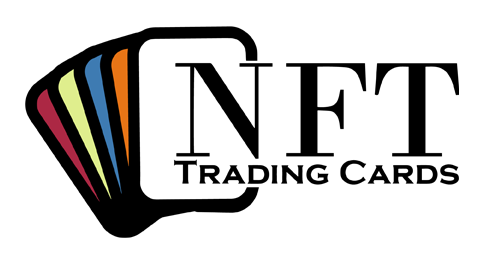Fair use is a legal doctrine
Fair use is a legal doctrine that allows limited use of copyrighted material without needing to obtain permission from the copyright owner. This principle is essential in balancing the rights of creators with the public’s interest in freedom of expression, education, and access to information. However, determining whether a specific use qualifies as fair use can be complex and depends on several factors.

Key Factors of Fair Use
U.S. copyright law outlines four factors that courts typically consider when evaluating whether a particular use is fair:
- Purpose and Character of the Use:
- Transformative Use: If the new work adds something new, with a different purpose or character, and does not merely copy the original, it is more likely to be considered fair use. Examples include criticism, commentary, parody, news reporting, education, and research.
- Commercial vs. Non-Profit Use: Non-profit educational uses are more likely to be considered fair use than commercial uses. However, even commercial use can be fair if it is sufficiently transformative.
- Nature of the Copyrighted Work:
- Factual vs. Creative: Use of factual works (like biographies or news reports) is more likely to be considered fair use than the use of highly creative works (like novels or songs).
- Published vs. Unpublished: The use of published works is more likely to be considered fair use. Courts are less likely to consider it fair use if the work is unpublished, as the author has the right to control the first public appearance.
- Amount and Substantiality of the Portion Used:
- Quantity: Using a small portion of the copyrighted work is more likely to be considered fair use, though even small portions can be infringing if they represent the “heart” of the work.
- Quality: If the part used is the most important or central to the original work (even if small), it may weigh against fair use.
- Effect of the Use on the Market for the Original:
- Market Harm: If the use of the copyrighted material could replace the original work in the market or harm its potential market (including derivative markets), it is less likely to be considered fair use.
- Potential Licensing Market: Courts may also consider whether the use could undermine a market for licensing the original work, even if that market has not yet been fully developed.
Examples of Fair Use
- Criticism and Commentary: Quoting a few lines from a copyrighted book in a book review.
- Parody: A work that humorously imitates a copyrighted work in a way that comments on the original.
- News Reporting: Briefly quoting from a speech or book in a news article.
- Teaching: Using small excerpts of a copyrighted work in a classroom setting for educational purposes.
- Research: Including small portions of copyrighted texts in a scholarly article to support an argument.
Limitations and Considerations
- No Exact Rules: There are no hard and fast rules about what constitutes fair use; each case is unique and must be evaluated on its own merits.
- Not a Free Pass: Fair use is not a blanket exemption from copyright law. It does not apply if the use harms the market for the original work or if the copied material is not sufficiently transformative.
- Different Jurisdictions: Fair use is more developed in the U.S. legal system. Other countries may have different doctrines, such as “fair dealing,” with varying rules and limitations.
Conclusion
Fair use is a flexible doctrine that allows for the limited use of copyrighted materials in a way that promotes freedom of expression and creativity. However, because the determination of fair use is often context-specific and involves a balancing of factors, it’s advisable to approach it cautiously, especially in commercial contexts. When in doubt, seeking legal advice is recommended.

Leave a Reply